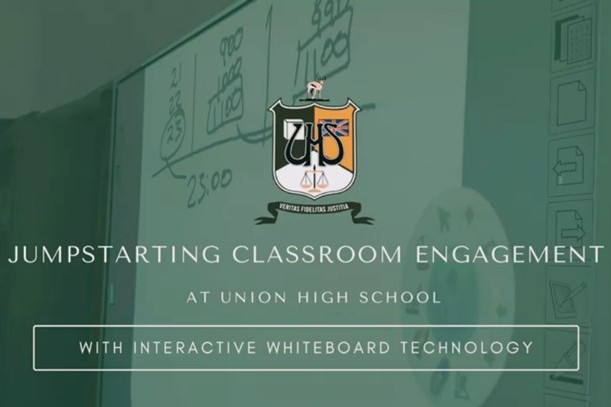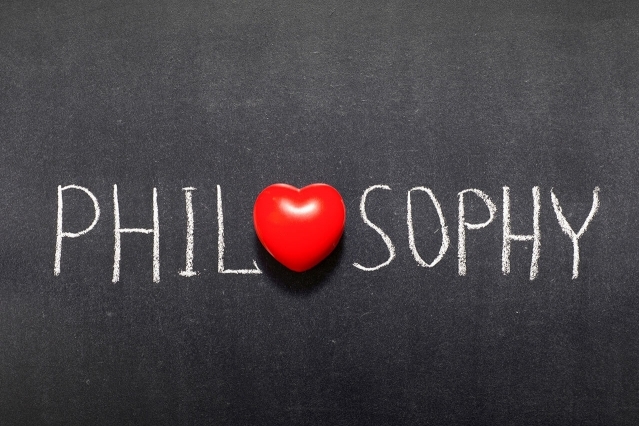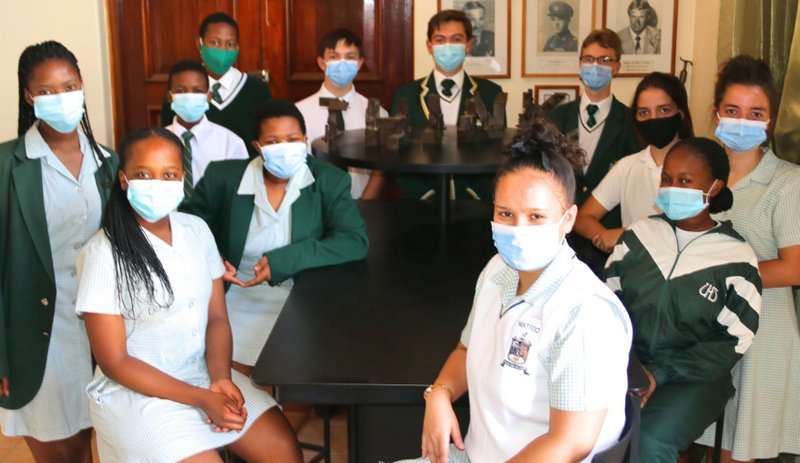𝗪𝗵𝗶𝘁𝗲𝗯𝗼𝗮𝗿𝗱 𝘁𝗲𝗰𝗵𝗻𝗼𝗹𝗼𝗴𝘆 𝗶𝗻 𝘁𝗵𝗲 𝗰𝗹𝗮𝘀𝘀𝗿𝗼𝗼𝗺
Interactive whiteboards (IWBs) were introduced at Union several years ago to replace the traditional chalkboard in classrooms and from the beginning, were destined to make a great impact on teaching at the school.
The projector-based IWBs, which were set to not only enhance the way our teachers teach but also enhance the way our learners learn, let teachers display anything on a computer to the entire classroom, ushering in a new world of educational possibility.
Teachers were empowered with an exciting new tool. Learner engagement increased. And classroom collaboration was set to skyrocket.
Today, interactive whiteboards are firmly established as a teaching tool at Union.
Given the many benefits IWBs bring to the classroom, Union recently acquired its first IWB with a large-format touchscreen display.
This particular interactive whiteboard delivers the benefits of original projector-based IWB systems, plus added functionality.
The uses for these IWBs are virtually endless. Among their many features and benefits, they offer the following:
Additionally, you can add and work on images within the classroom. It allows you to add lines, shapes, and more for a variety of subjects such as Mathematics and Physical Science. It also allows you to go back and work on previous work that, in the past, would have long been erased on a chalkboard.
Never before have there been so many tech tools at our teachers’ disposal for educating in entirely new, exciting, and promising ways! We look forward to introducing these new IWBs to our other classrooms in the near future!



